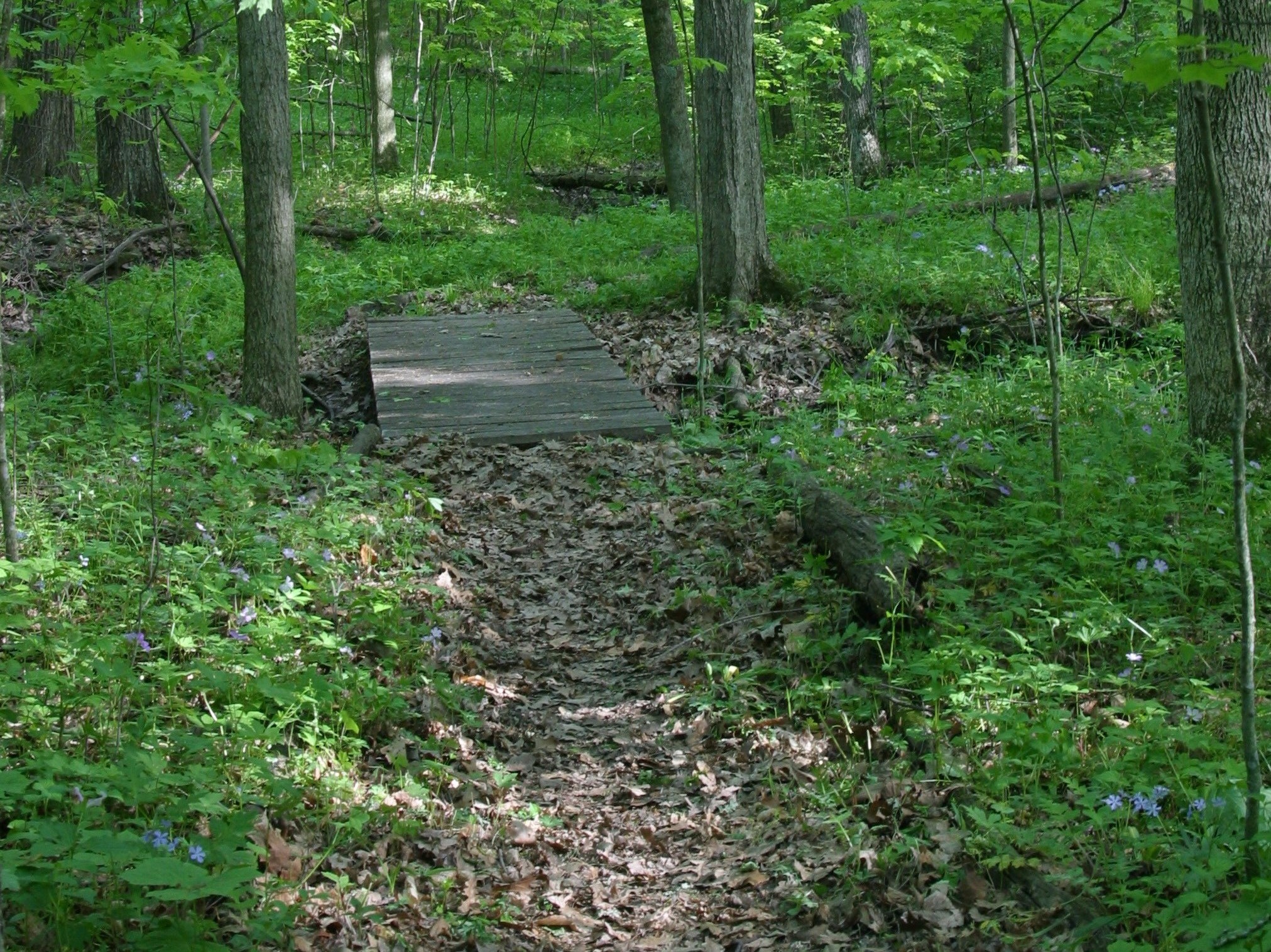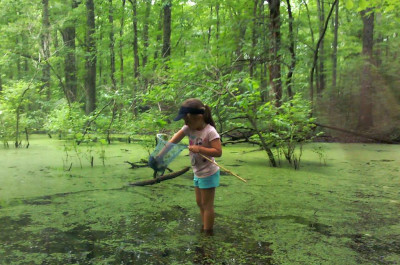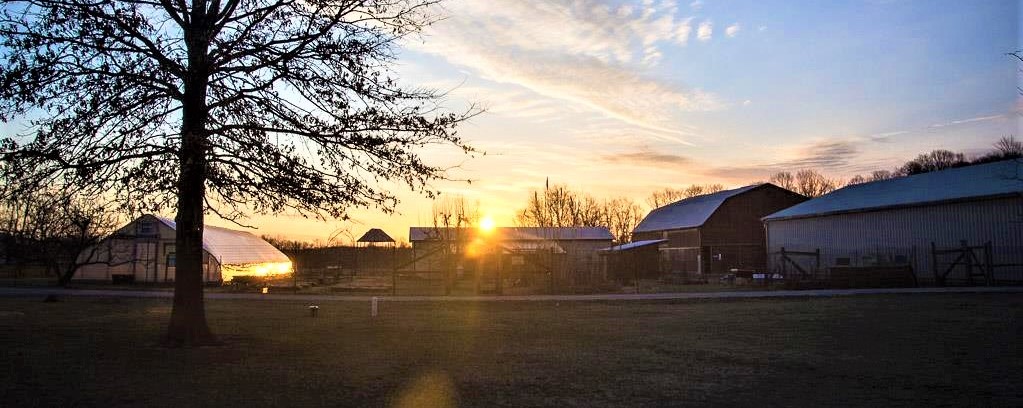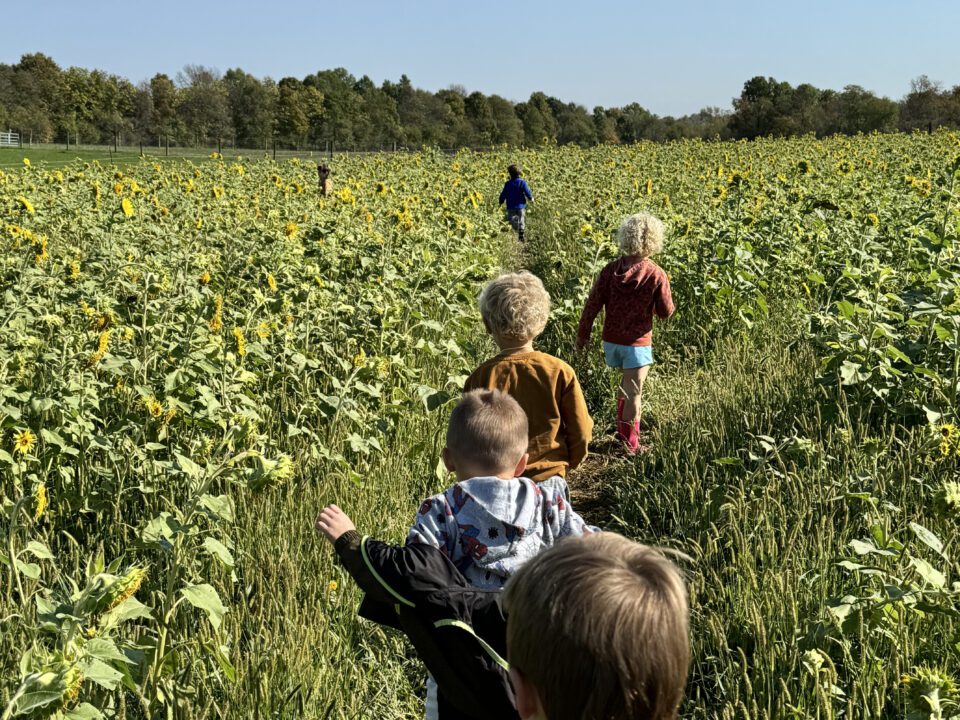
Foraging for Wild Plants at Stratford
May 15, 2015
An Abundance of Grazing Thanks to the Rains
July 18, 2015Published in The Delaware Gazette, June 20, 2015
One of the greatest challenges for farmers is to protect their livestock from predators. This is especially true for the farm at the Stratford Ecological Center. With 95 acres of its 236 acres protected as a privately owned State Nature Preserve, and by virtue of its mission as protectors of its wildlife and their habitat, its goals as both farm and preserve sometimes come at odds with each other! It is our small livestock, sheep, goats and chickens that are most vulnerable. But do the red fox that reside here have fewer rights than the farm animals? It depends.
It would be nice to think that that human wit would be sufficient to outsmart any opportunist wild animal looking for an easy meal, but that hasn’t always been our experience. One night returning home after sunset, the diurnal event of opening and closing chickens was met with 15 dead chickens scattered all over the chicken yard. The slaughter had to have happened prior to sunset as the chickens were still out (chickens become “Zombies on the Roost” after dark and don’t move – even when threatened with harm). So the farmer’s reaction to this instance was to 1) fill and cover any potential openings into the yard, unless it’s the great horned owl, who usually takes their prey with them and 2) close chickens earlier. As to “whom” the predator was – skunk, coon, fox, weasel, or mink (which Stratford has all the above) – for this instance, it appeared to be the red fox by virtue of how much and what was eaten on the chicken. He had also been seen lurking about. But the old saying “smart as a fox” rang true again, as he just started coming earlier, digging a new opening, which in turn prompted the chickens to go in earlier, which prompted closing chickens even earlier and replacing dirt with rocks! The rooster is always a great help in these situations during daylight – as he does a great job of warning the hens and farmer when the fox is around – which is why it is wise to keep the chicken coop near the farm house.
Human wit only goes so far when it is met with multiple challengers at the same time (the “wildlife alliance”) from multiple angles: through, under, and over fences; across the land and from the air or through the air (as we may see with avian flu); early or late in the day or even in broad daylight! Sometimes the prey itself thinks it can outsmart the predator and sleep outside the coop. But this rarely works and some would say that this is just “evolution at work”. Not all predators’ motivations are the same either. Some predators just like to kill for sport, some prefer the eggs and want chickens out of the way, while others just want to eat or feed their young. Some would say that a rifle or shotgun is all you need, but I have never had one in hand when the opportunity presented itself, and I don’t think I would take that opportunity for something that is as rarely seen these days as a red fox. In a world conflicted with values (wasn’t nature here first?), sometimes a farmer’s only options are to tighten the perimeter, maintain the vigilance, sharpen the wit and accept you just can’t win them all!
As the weather becomes warmer and more humid, when a farmer sees an animal become listless or go down, the presence of parasites is always the first thing on a their mind. The topic of parasites is an interesting one as they are omnipresent in most life forms, including us, and as it relates to the well-being of any animal there are “protagonists” and “antagonists” with health being related to the balance of the two, not the elimination of them all. The conventional wisdom was to take a preventative measures against the antagonists and kill them all on a regular basis, which also killed the protagonists. But the parasites that reside in ruminant animals have built-up resistance to many of these wormers to the point they have become ineffective. Just last week, Stratford’s farm interns and I brought all of our sheep and goats into the barn to evaluate parasite loads. A handy little trick for a quick, yet inconclusive evaluation for parasite loads is something called Famacha, or an evaluation of animal anemia by examining mucous membranes of the eyes and gums. If they are pink, they are not anemic and probably not infected. If they are gray, white or chalky, treatments are in order (fecal exams are the only conclusive tests). We found less than 20 percent looking anemic, suggesting that our primary strategy of keeping them moving onto fresh grass is working. Grassbased livestock rearing has more advantages than this – fewer inputs, resulting in lower costs and less management – and dare I say tastier and healthier meat?
Finally, for the haymakers out there, do you remember the day when you could look for and find 4-5 dry/warm days in a row to make hay? Seems like a long time ago. With 50 percent chance of rain almost daily to every two to three days, if you want to make hay these days, you just have to throw the dice and take your chances. If you wait for that perfect window, your barn loft is going to look pretty empty by the end of the season!
Jeff Dickinson is the Executive Director and Farmer at Stratford Ecological Center, 3083 Liberty Road, Delaware, Ohio. He can be reached at 740-363-2548 or by email at farmscaper@stratfordecologicalcenter.org Website: StratfordEcologicalCenter.org





